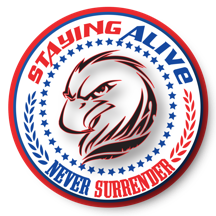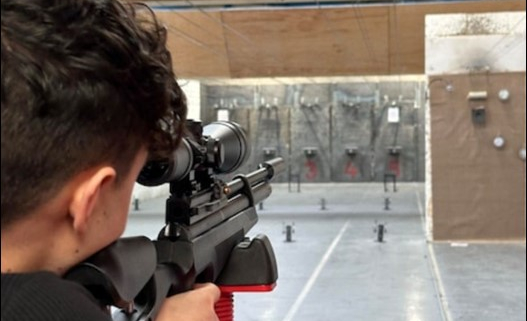Active Shooter Training: Essential Skills Everyone Should Know
Active Shooter Training: Essential Skills Everyone Should Know
Everyone needs the knowledge and skills to respond to active shooter scenarios in today’s environment. Active shooter situations can happen suddenly and intensify quickly, so people must act swiftly and boldly. This blog discusses crucial skills and tactics that help improve safety and readiness in uncertain situations. Learn and utilize these methods to survive and protect others.
Understanding the nature of active-shooter incidents
Active shooter occasions, according to the FBI, are ones in which a person deliberately kills or attempts to murder individuals in a restricted and populated area. Understanding the warning signals of possible violence and knowing what to do right away can literally save lives.
Preparing mentally and physically
Preparation calls for conditioning your body and mind to react quickly and effectively, not only for having a plan. Simple mental preparation can involve routinely studying and imagining responses to an emergency. Learning simple self-defence or first aid could be part of physical preparedness.
The value of situational awareness
Situational awareness requires constant practice. It involves understanding your living environment and potential hazards, understanding the layout of the areas you frequent, and identifying the nearest exits. Frequent training can improve your capacity to spot and react to odd sounds or actions suggesting danger.
Effective response strategies: run, hide, and fight.
- Run: If there is a safe path, evacuate the area immediately. Encourage others to leave with you but continue moving even if they hesitate.
- Hide: If evacuation is not feasible, locate a safe hiding location where the gunman is least likely to find you. This will protect you from the shooter’s perspective and provide cover should gunfire strike.
- Fight: When your life is in immediate danger, use aggressive force and any available objects as weapons to try to interrupt or incapacitate the shooter.

Communication during an incident
Knowing how to communicate during an incident is vital. If safe, calling 911 to report the location, number of shooters, and perpetrators’ weapons and descriptions is crucial. Use clear, concise language and follow any instructions the dispatcher gives.
Training and education.
Active shooter training programs are invaluable. Often, these programs incorporate scenario-based drills that replicate real-life scenarios, equipping participants with the necessary experience and confidence to make quick decisions under pressure. These programs also educate individuals on recognizing the sound of gunshots, identifying the safest escape routes, and using makeshift weapons.
Technology plays a crucial role in improving safety.
Modern technology offers new ways to enhance personal safety. Mobile apps can provide real-time updates and alerts about nearby dangers. Additionally, some apps provide GPS coordinates and live video or audio feeds to silently alert authorities in an emergency.
Long-Term Preparedness: Building a Resilient Community
Events about emergency readiness help increase community resilience. Encouragement of local businesses, educational institutions, and places of worship to arrange frequent training courses guarantees that more individuals possess the knowledge to handle crises successfully.
Conclusion
Active shooter training is not just about learning to react—it’s about developing a mindset of vigilance and preparedness that can significantly enhance your personal and community safety. Emphasizing the skills discussed can help prepare you and your loved ones to face such situations more effectively. At Staying Alive Survival, we believe in equipping individuals with the necessary knowledge to effectively protect themselves and others. Stay informed, stay alert, and invest in your safety—it’s a commitment that can save lives.


Leave a Reply
Want to join the discussion?Feel free to contribute!